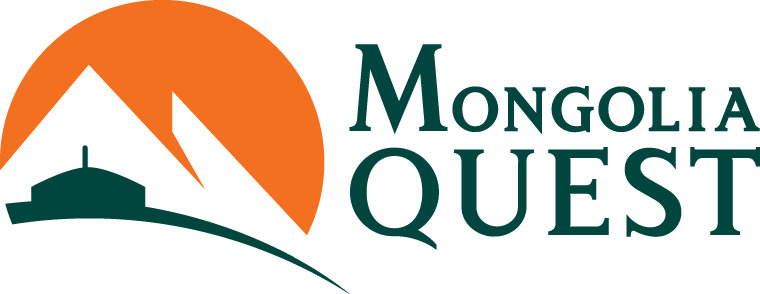MONGOLIA
OVERVIEW
Sandwiched between the Siberian taiga forest in the north and the Gobi Desert in the south, Mongolia is the 18th largest country in the world, roughly the size of Alaska or twice the size of France. It’s lightly populated though, with only about 3 million residents. While almost half of the Mongolian people live in the capital city Ulaanbaatar, about one third still live the traditional pastoral nomadic lifestyle. Mongolia is a functioning democracy with a semi-presidential government, where the president is elected directly and in turn appoints the prime minister and nominates the cabinet. The parliament, Ikh Khural, consists of 76 members, who are elected directly by the people during elections that take place every four years.
Country Profile
Hospitality is a backbone of the Mongolian nomadic lifestyle: you must offer the best-available conditions and food to your neighbor looking for his lost horses, as the next time it might be you who will need shelter and food in the unforgiving environment of the Mongolian countryside. Mongolia is probably the only place in the world where there are
several hundred different ways to describe horses, and where a herder can name each and every single animal in a herd of several thousand and tell you who were its parents, where it was born, and why it is important to keep an eye on this blue female goat of 3 years of age!
Culture
One of the last truly nomadic cultures surviving in the 21st century has nestled in the heart of the Inner Asian plains. Similar to what their ancestors have done for several millennia, Mongolian nomads still roam the plains of Central Asiatic steppes and the Gobi Desert looking for better grasses to graze their domestic animals, which now number over 60 million in the country. Nomads’ herds are mixed, consisting of sheep, goats, cows and horses. In different parts of the country, camels, yaks and reindeer are also raised.
History
The first recorded mention of the nomadic country to the north appears in the Chinese chronicles written over 2200 years ago. Because of those people one of the most ambitious construction projects in history was launched: the Great Wall! Since then, European chronicles described Attila the Hun, a nomadic warlord who terrorized the plains of Eastern Europe in the 5th century. However, the most prominent “celebrity” in Mongolian history is the Genghis Khan himself, or Chinggis Khaan as he is known in his home country. Born to a family of a small chieftain in central Mongolia, he was able to rise and unite all the divided tribes into one of the most powerful armies known to the world. Within a very short time, Genghis Khan built the Great Mongol Empire, the largest territorial empire in history. Moreover, he established a vast system of governance, which lasted for close to 300 years. Chinggis Khaan’s grandson Khublai Khan continued the empire’s expansion started by his grandfather and at the same time as a brilliant manager of the conquered territories, he created a system of peaceful trade and communication between Europe and Asia; reinforced the use of a paper currency; built bridges and schools throughout the empire; and even started the first and highly effective postal service.
With help of Muslim architects and European craftsmen, Khublai Khan redesigned and rebuilt Beijing, making it the capital of his empire. Later Mongolian history is not as glorious. Still, the country managed
to cling to its independence through the Manchu and Soviet domination and came into the 21st century as a free democratic country, which is just opening its doors to the world. Recent decades have been filled with amazing changes and development. Within the past two decades, Mongolia was able to increase its people’s income by tenfold and more, mostly thanks to the mining wealth the country possesses. Now, the country is facing two major challenges: distributing its wealth equitably and building a sustainable future. Tourism and traditional industries are certain to play a larger role in these challenging times.


